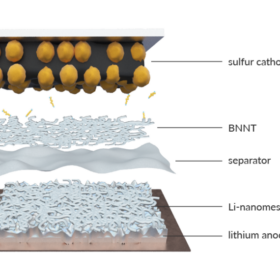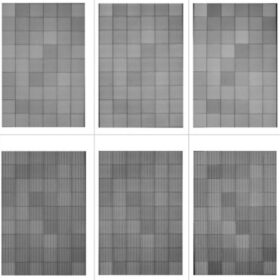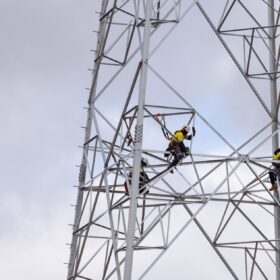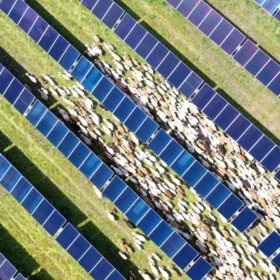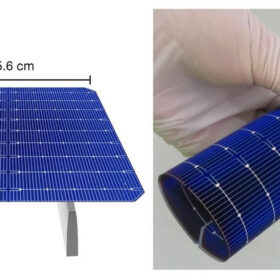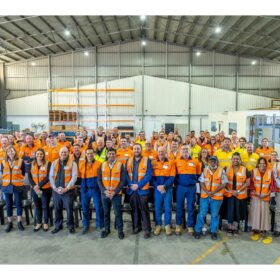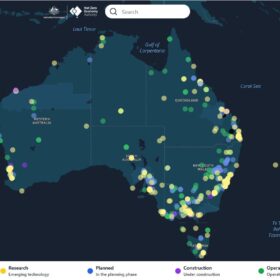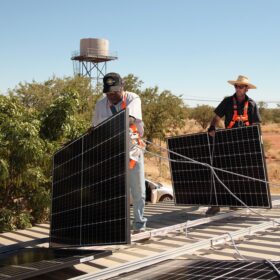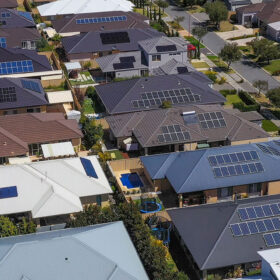Using electric water heaters to store renewable energy could do the work of 2 million home batteries
Australia’s energy transition is well under way. Some 3 million households have rooftop solar and sales of medium-sized electric cars are surging. But as we work towards fully electric households powered by renewable energy, have we overlooked a key enabling technology, the humble electric water heater?
Australian startup reveals 20-layer battery cell based on semi-solid li-sulfur technology
Brisbane-based Li-S Energy has developed a 20-layer battery cell utilising semi-solid state lithium sulfur battery technology. The company claims the new cell displays nearly double the gravimetric energy density and a comparable volumetric energy density to lithium-ion cells.
First attempt to repair glass-damaged solar panels
A Dutch research group has used a series of techniques from the automotive industry to develop a novel methodology to repair glass in double-glass solar panels. Their experimental work represents the step towards transforming glass-damaged solar panels from waste into valuable products.
ElectraNet plots $2 billion transmission spend to support demand growth
South Australia’s electricity transmission network operator ElectraNet has outlined a $2 billion-plus (USD 1.3 billion) pipeline of transmission projects as it seeks to keep pace with a “rapid” energy transformation that could lead to a doubling of the state’s electricity usage by the end of the decade.
Rail operator eyes Australian first with battery-electric retrofit
Australia’s largest rail freight operator Aurizon has contracted Progress Rail to convert one of its diesel locomotives to full battery electric operation, paving the way for the greening of its freight-haul rail fleet.
Global investment in clean energy nearly doubles that of fossil fuels
For every dollar invested in fossil fuels, 1.7 dollars are invested in clean technologies. Five years ago, it was a one-to-one ratio, said the International Energy Agency.
VPP consolidation platform seeks to remedy the sales impasse for installers
Despite their promise, adoption rates of Virtual Power Plants (VPPs) in Australia have been underwhelming. Head of Renewable Energy Finance at Plenti, Louis Edwards, says the issue stems from VPP operator’s overlooking their point of sale. “It’s too much risk the installer takes and they don’t do it,” he tells pv magazine Australia.
Sheep grazing team to reduce solar mowing costs by more than 44%
About 70 Katahdin breed sheep were dropped off at the Oberlin College campus in Ohio last week. They will graze through mid-June, stomping grass and weeding the solar field in a move aimed at reducing operations and maintenance costs.
Foldable, textured silicon wafers for flexible heterojunction solar cells
An international research team in China has used Czochralski n-type c-Si wafers from China-based Sichuan Yongxiang to build textured wafers with a thickness ranging from 65 μm to 55 μm. They have used the wafers in heterojunction solar cells ton hit efficiencies close to those of devices cells based on conventional wafers.
Queensland opens ‘SuperGrid’ training centre in Gladstone
Queensland has opened its first Queensland SuperGrid Training Centre and Transmission Hub in Gladstone. The facility is expected to train 500 energy workers annually in a range of areas, including high voltage technical training.

